Over a century ago, Alexander Graham Bell encouraged the founding of a new science to measure odors, a field that had yet to develop compared to those based on sound and light. Despite the impressive technological advancements in voice and facial recognition found in today's smartphones, the science of odor remains less developed. However, advancements in machine olfaction, also known as "digitized smell," are beginning to answer Bell's challenge.
Machine olfaction faces significant hurdles due to the complexity of the human sense of smell, which relies on about 400 types of receptor cells in the nose, unlike vision, which uses rods and three types of cones. Machine olfaction uses sensors to detect and identify airborne molecules, analogous to human nasal receptors. To interpret these sensors' data meaningfully, machine learning, particularly deep learning, is essential.
Machine learning models need vast datasets to be effective. Unlike audio, image, and video content, datasets for smells have historically been scarce, as describing smells verbally is challenging for most people. The DREAM Olfaction Prediction Challenge in 2015, however, marked a turning point by providing data from biologists and inviting global participation to create predictive models for odor labels based on molecular structures.
Subsequent progress included the Pyrfume Project, which expanded the available datasets significantly. By 2019, these datasets had grown from fewer than 500 to around 5,000 molecules. A breakthrough came from a Google Research team using deep learning with graph neural networks, achieving state-of-the-art results in mapping molecular structures to odor perceptions.
This progress promises exciting applications, such as personalized fragrances, better insect repellents, novel sensors, early disease detection, and enhanced augmented reality experiences.
END/V7N/SRD/DK/



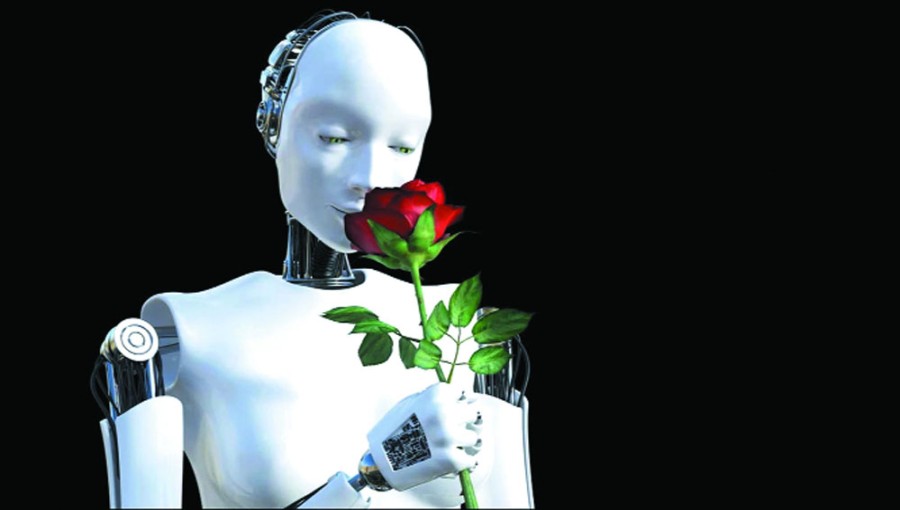
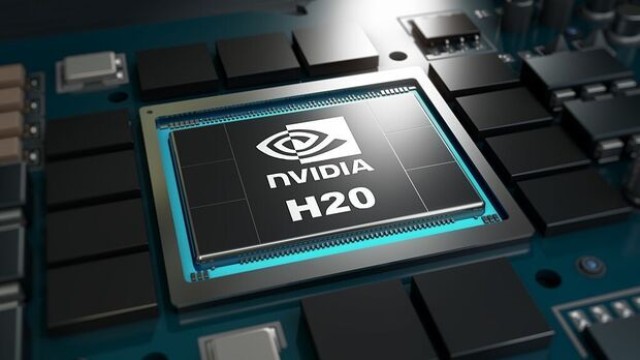

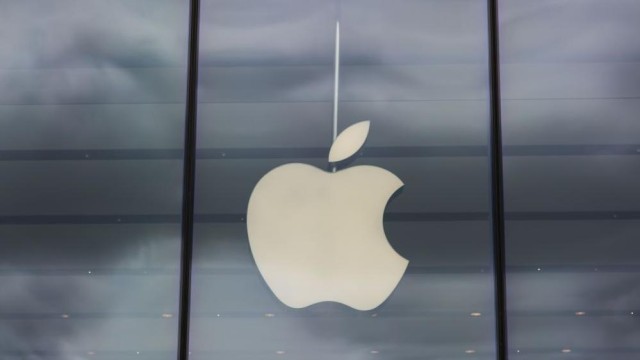
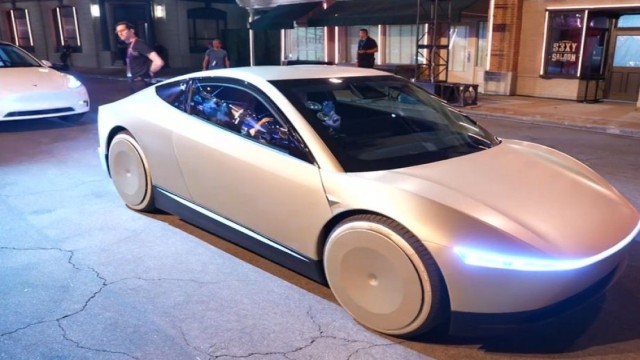
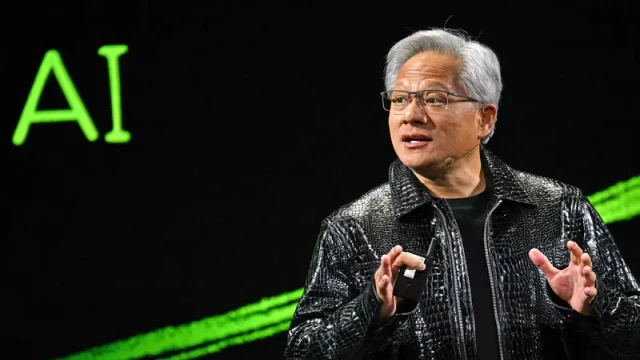
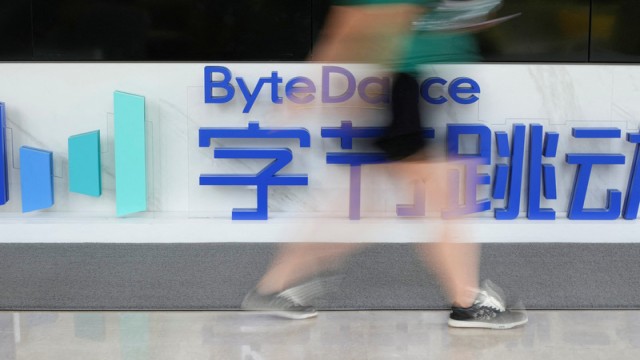

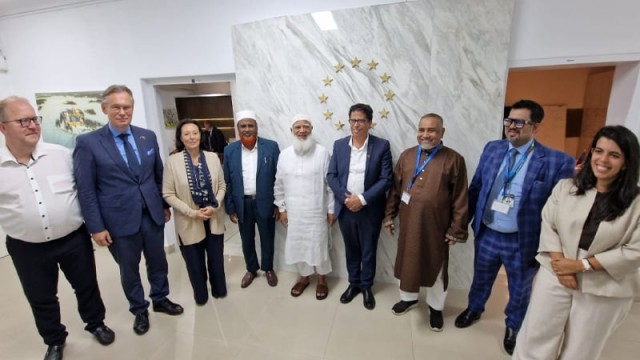






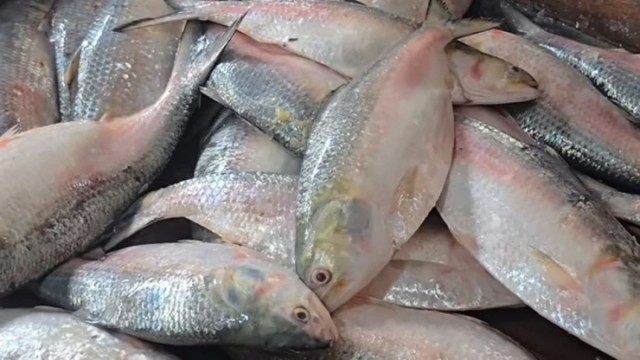












Comment: